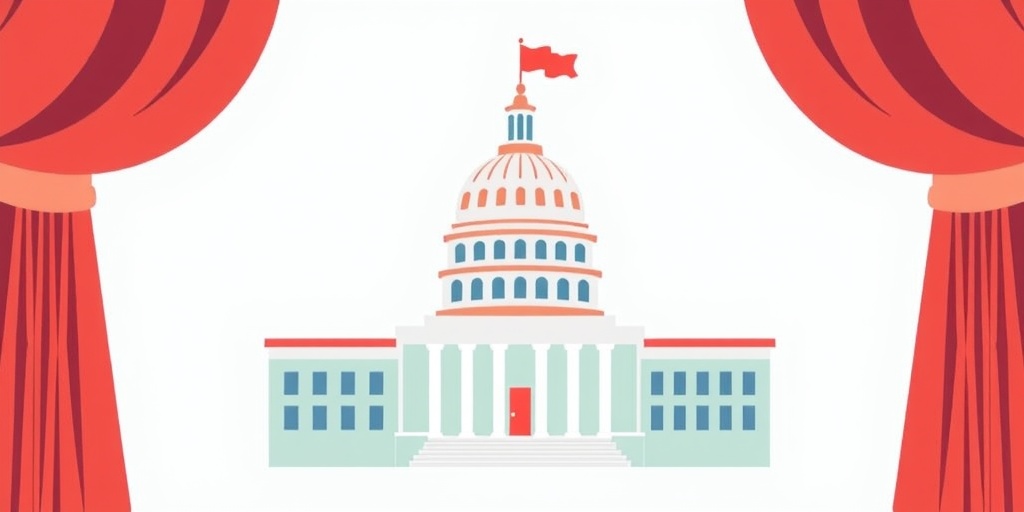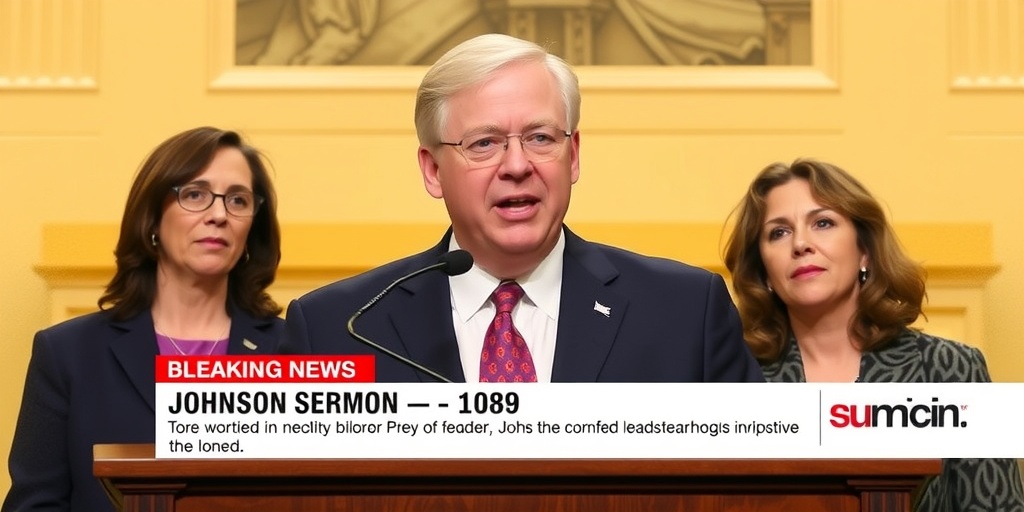Now Reading: Major Layoffs Hit Health Agencies Tracking Disease and Food Regulation
-
01
Major Layoffs Hit Health Agencies Tracking Disease and Food Regulation
Major Layoffs Hit Health Agencies Tracking Disease and Food Regulation
Federal Health Workforce Faces Major Job Cuts Amid Restructuring Efforts
In a significant shake-up, hundreds of federal health workers, including senior leadership doctors, were notified early Tuesday morning of impending job losses as part of a comprehensive restructuring initiative led by Health Secretary Robert F. Kennedy Jr. This restructuring aims to streamline the federal agencies responsible for regulating food and drugs, safeguarding public health against diseases, and conducting research into new treatments and cures. The decision reflects a bold move to reduce the workforce from 82,000 to 62,000 employees within the Department of Health and Human Services (H.H.S.).
Last week, Secretary Kennedy announced his plans to downsize the department, setting off alarms among employees across various sectors. Reports indicate that some senior leaders, particularly those based in Washington, D.C., received communication that they would be reassigned to areas managed by the Indian Health Service, a strategy perceived by many as a means to expedite their departure as it requires relocation to distant regions.
According to accounts from affected workers, the first layoff notifications began arriving as early as 5 a.m. on Tuesday, impacting offices responsible for crucial health functions ranging from global health initiatives to medical device regulation and communication strategies. While some employees were aware that layoffs were imminent—particularly those in minority health and infectious disease prevention, who were informed last Friday about the elimination of their offices—others were caught completely off guard.
The Food and Drug Administration (F.D.A.) witnessed profound staff reductions, with about 3,500 agency employees affected. Reports from some staff members indicated that they only learned of their terminations when they encountered issues scanning their badges for access to the building on Tuesday morning. As a consequence, many found themselves navigating an unexpected and jarring transition that has left individuals scrambling for answers regarding their employment status.
The reorganization also saw senior leaders displaced, including Brian King, a notable tobacco regulator who was offered a position within a regional Indian Health Service office encompassing Alaska. Other vital positions overseeing veterinary medicine and crucial drug application reviews were also affected, leading to significant operational gaps in these areas.
At the Centers for Disease Control and Prevention (C.D.C.), the organization faced cuts totaling 2,400 positions, with a directive seemingly aimed at tightening its focus on infectious diseases. Entire departments concentrating on chronic health issues and environmental health were dissolved, with layoffs hitting teams studying injuries, asthma, lead poisoning, smoking, and the impact of radiation exposure. Alarmingly, some teams dedicated to infectious disease prevention, particularly those working on improving vaccine accessibility in underserved populations, were also disbanded.
Jonathan Mermin, the director of the center for H.I.V. and sexually transmitted diseases, was placed on administrative leave as part of these changes. The handling of H.I.V. prevention work has drawn particular scrutiny, with suggestions that the Trump administration had previously contemplated transferring the H.I.V. division to another agency, thereby indicating a shift in priorities within the health department.
Meanwhile, several directors across National Institutes of Health (N.I.H.) institutes received reassignment notices as well. Notably, Dr. Jeanne Marrazzo, who took over from Dr. Anthony S. Fauci as the head of the National Institute for Allergy and Infectious Diseases, was among those reassigned, along with Shannon Zenk, who directs the National Institute of Nursing Research. Employees were given a specific timeline to report back on their willingness to accept moves to Indian Health Service territories.
As part of the restructuring, communication offices throughout various agencies, including N.I.H., C.D.C., and F.D.A., were hard hit. Reports indicate that Renate Myles, the communications director at N.I.H., received notice of reassignment. Secretary Kennedy, who has fought for "radical transparency" and the consolidation of communications across the department to create a more coordinated and effective public health response, underscores the broader implications of this reorganization for the agencies involved.
Emily Hilliard, deputy press secretary for H.H.S., confirmed in an email statement that the department is indeed focusing on centralizing communications as part of its restructuring strategy, stating the goal is ultimately to benefit the American taxpayer through a more efficient public health response.
As the affected employees grapple with the realities of sudden job losses, the restructuring at H.H.S. raises significant questions about the future of public health initiatives in the U.S. and the potential impacts on the nation’s ongoing battles against diseases and health disparities.
Stay Informed With the Latest & Most Important News
Previous Post
Next Post
-
 01New technology breakthrough has everyone talking right now
01New technology breakthrough has everyone talking right now -
 02Unbelievable life hack everyone needs to try today
02Unbelievable life hack everyone needs to try today -
 03Fascinating discovery found buried deep beneath the ocean
03Fascinating discovery found buried deep beneath the ocean -
 04Man invents genius device that solves everyday problems
04Man invents genius device that solves everyday problems -
 05Shocking discovery that changes what we know forever
05Shocking discovery that changes what we know forever -
 06Internet goes wild over celebrity’s unexpected fashion choice
06Internet goes wild over celebrity’s unexpected fashion choice -
 07Rare animal sighting stuns scientists and wildlife lovers
07Rare animal sighting stuns scientists and wildlife lovers





















